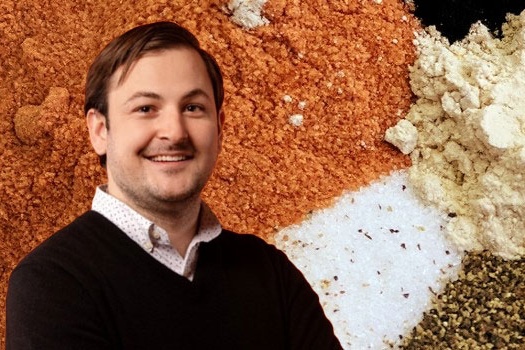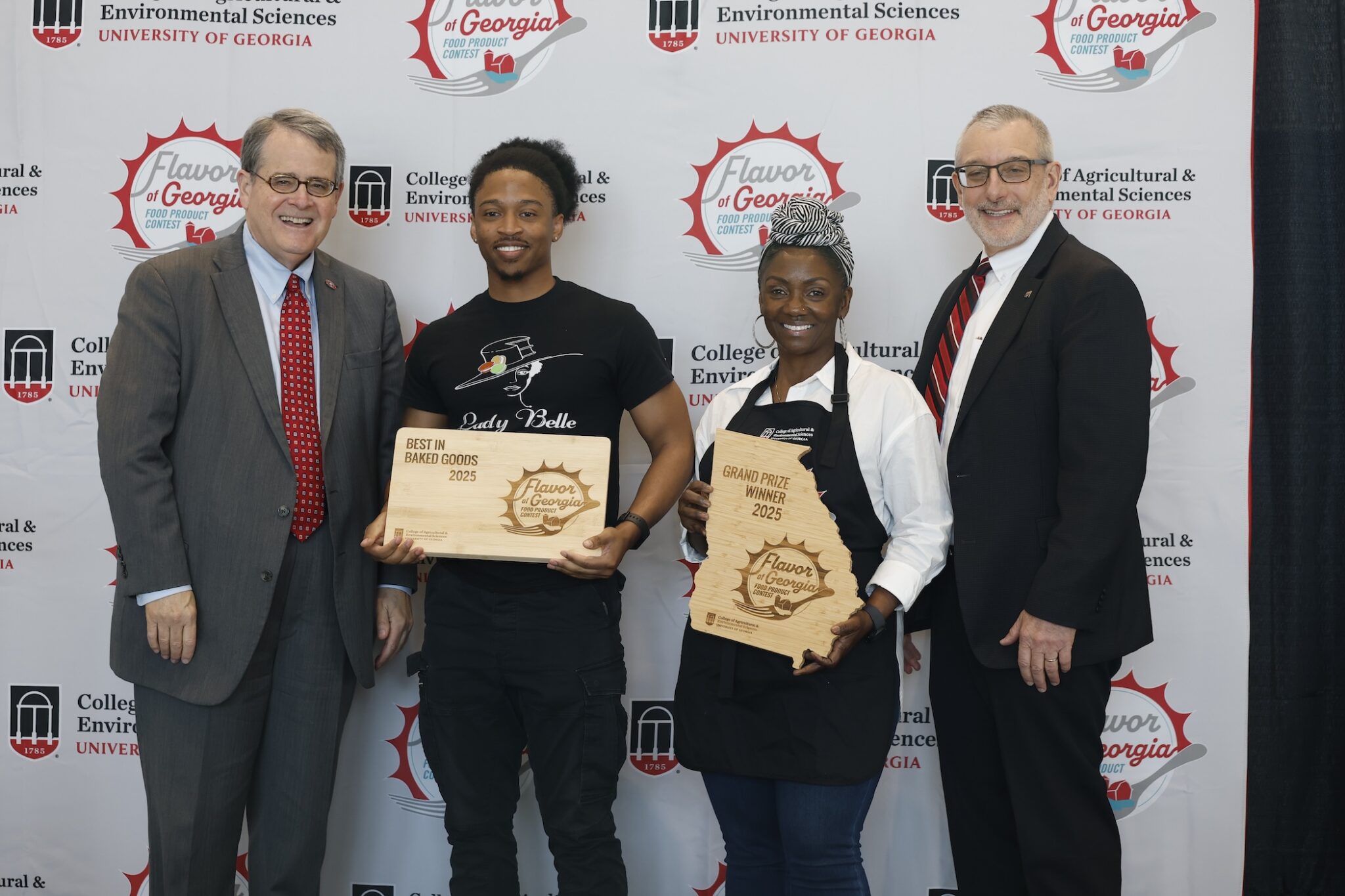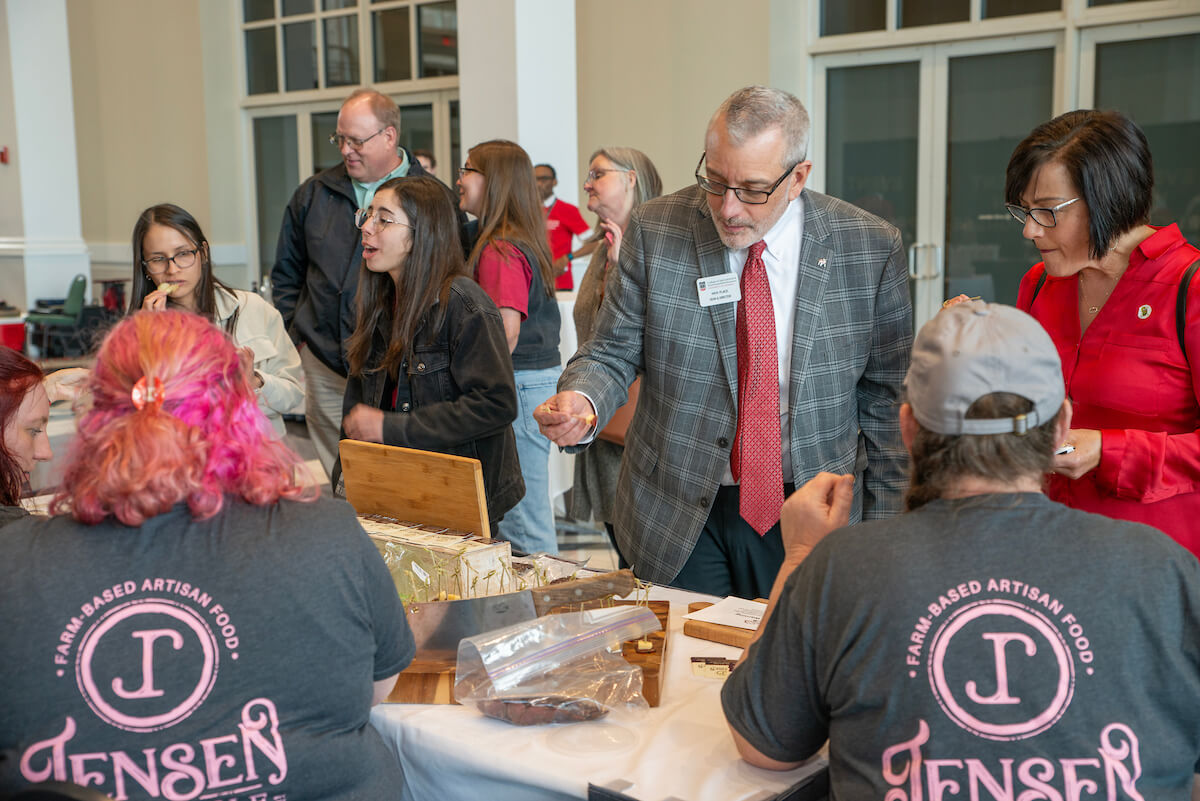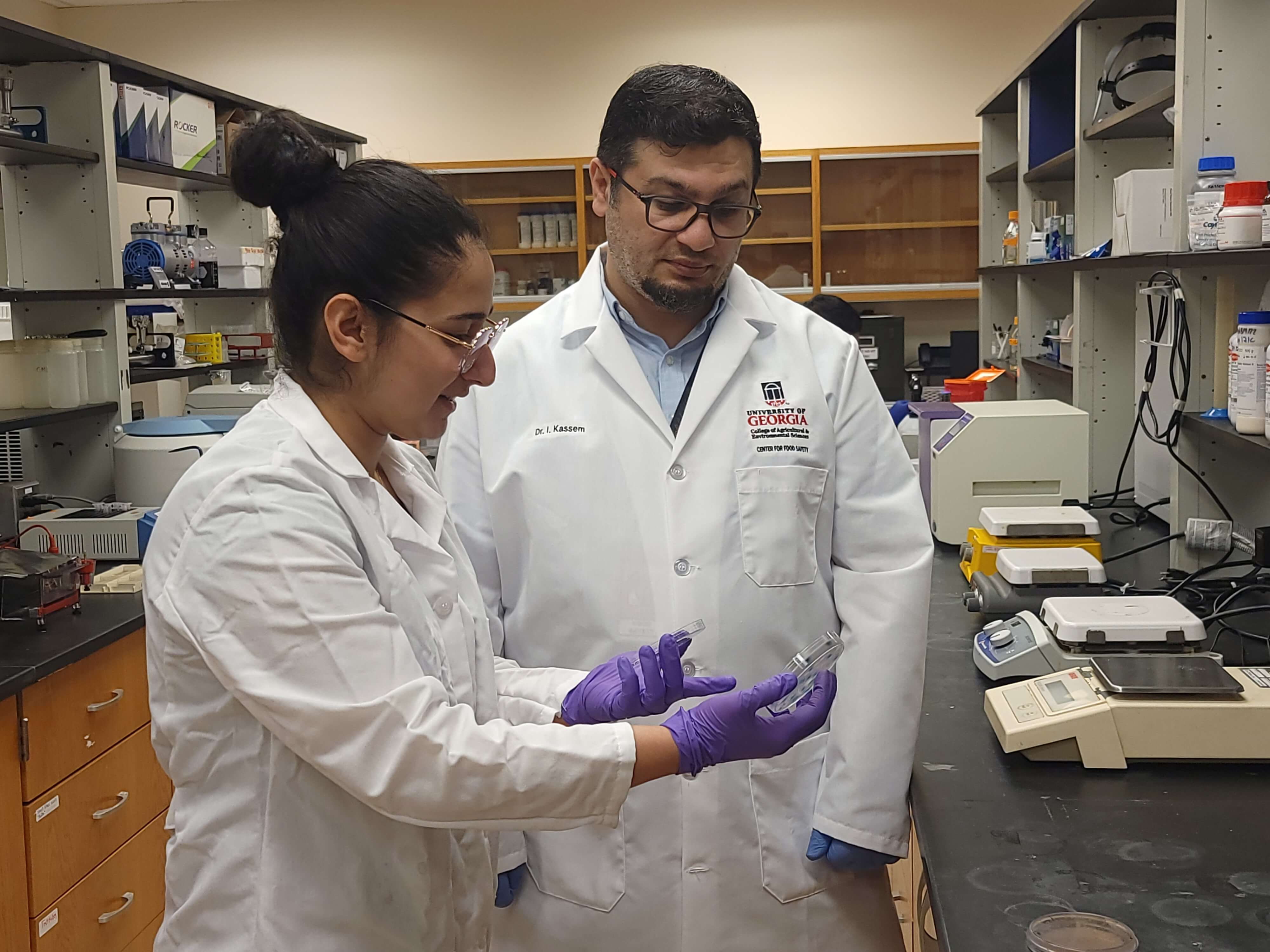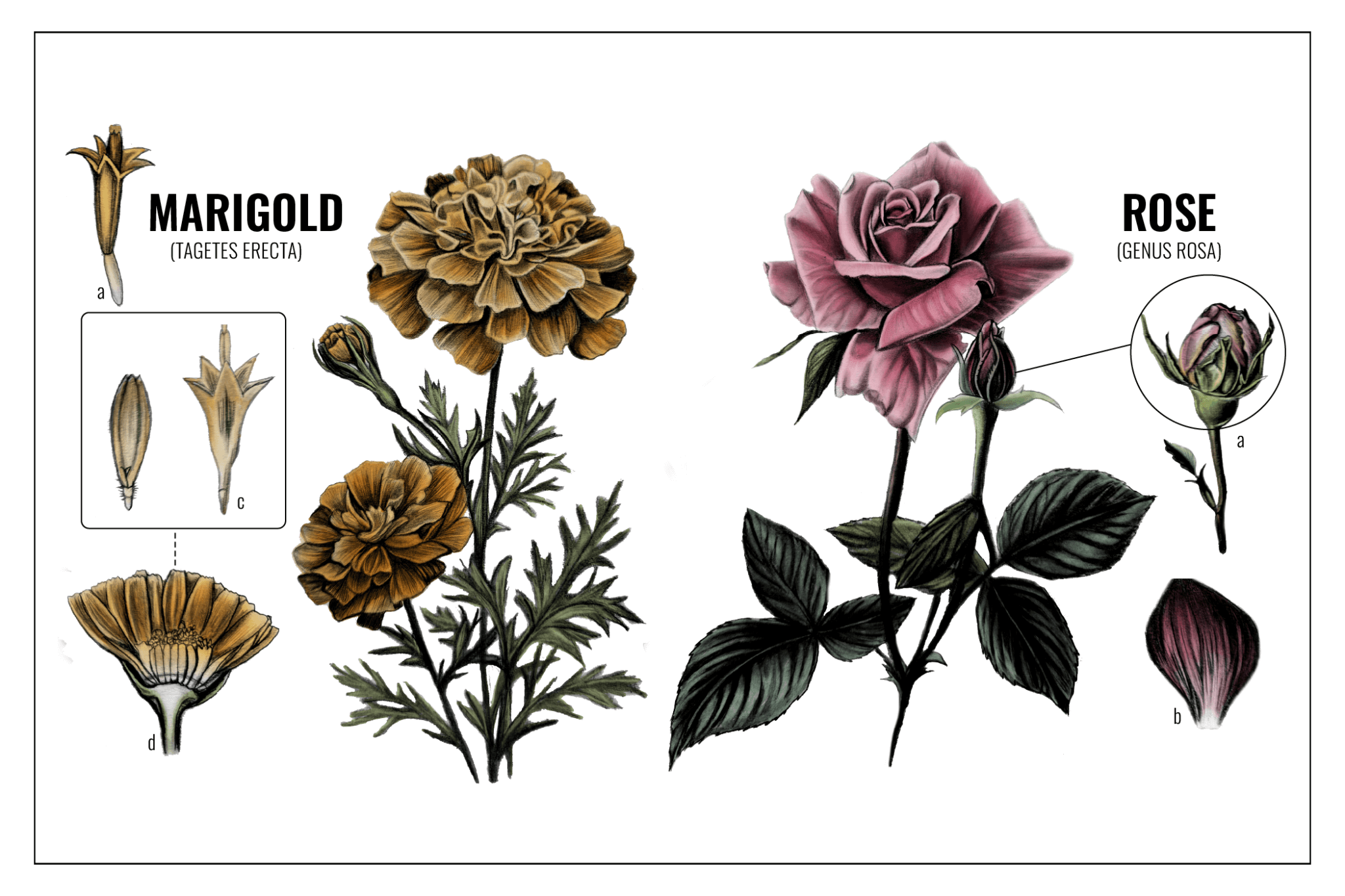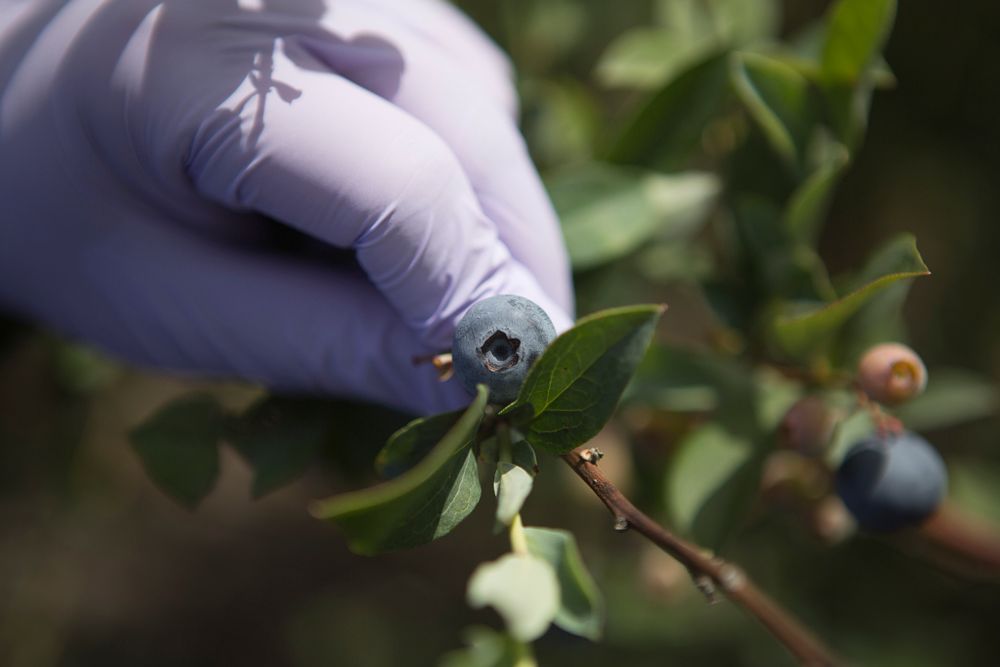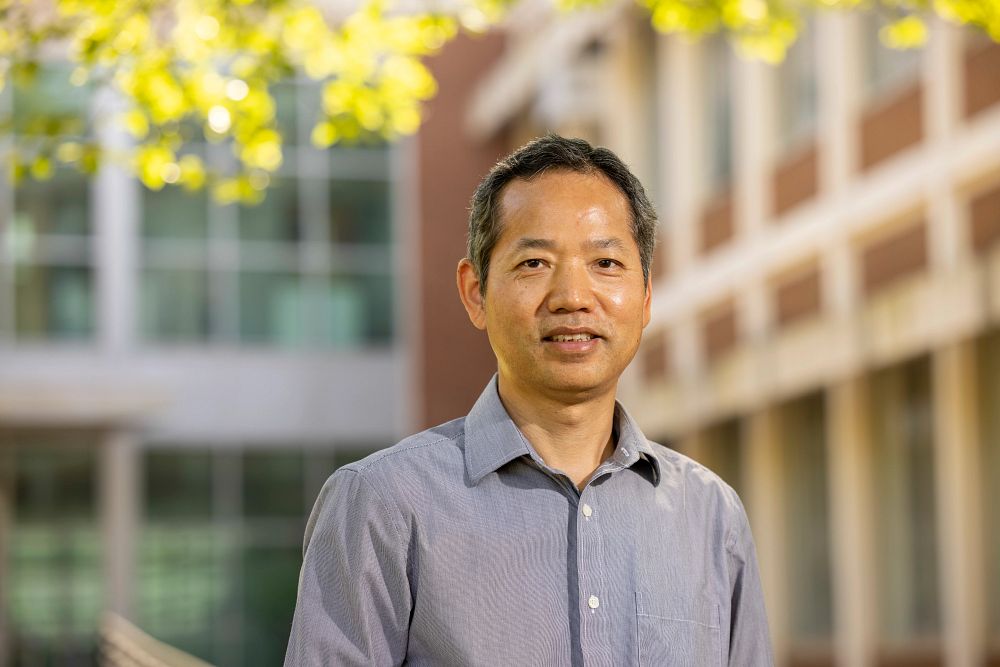 CAES News
CAES News
Open Access Publishing
University of Georgia faculty and graduate students have more than double the opportunities for open access publishing, thanks to new UGA Libraries read and publish agreements with Elsevier and Springer Nature, two of the largest academic journal publishers. The transformative agreements cover article processing charges with nearly 4,000 hybrid journals across the Elsevier and Springer Nature portfolios, adding to previous UGA Libraries agreements in place with Wiley and other publishers. This expands the list of open access publishing opportunities at UGA to more than 7,000 titles.

